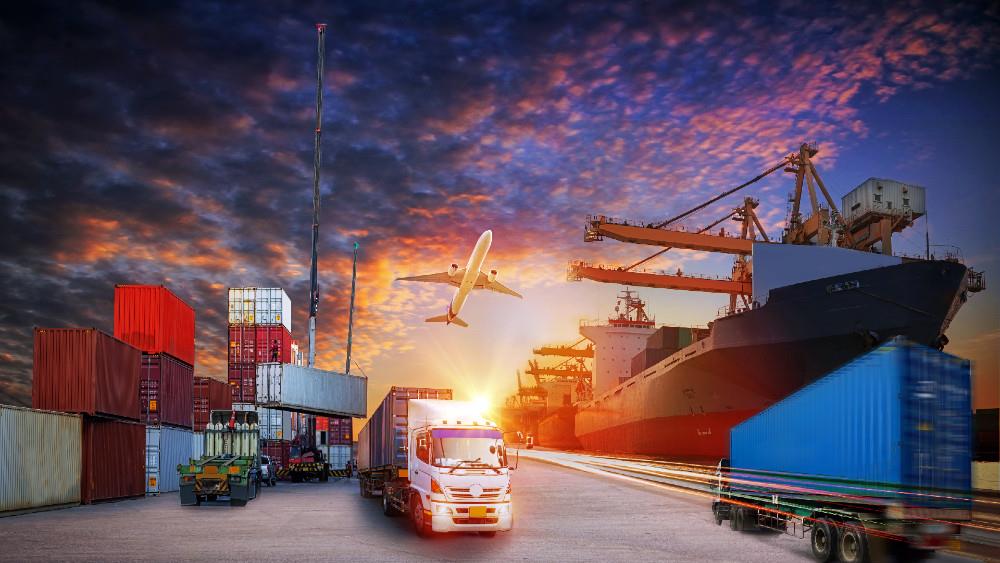

Construction and property specialist Watts respond to the news that Donald Trump's import tariffs will soon be hitting the UK.
Ever heard the expression you’re only as good as your weakest link? Well, in construction, you’re only as strong as your supply chain.
Most industries that begin at the procurement of raw materials - all the way to the distribution of finished goods to consumers - rely on effective and efficient supply chain management to meet customer expectations. However, since the pandemic, delays, material and labour shortages, and rising costs continue to disrupt entire projects.
With supply chains in the construction sector continuing to face unprecedented challenges, Watts examines how best can we apply strategies to optimise our supply chains and improve project efficiency in 2025 and beyond.
Diversify your supplier base
Inflation continues to drive up the cost and impact the availability of vital construction materials like timber, steel, and cement in the UK. At the same time, the shift towards suppliers needing to source sustainable materials and meet carbon reduction targets makes the situation even more complex.
To develop a resilient supply chain, working with multiple suppliers can dispel the cost of raw materials by reducing the reliance on a single source. Building a strategic and long-term partnership with these suppliers, can also allow you to negotiate better pricing, and can help ensure priority access to materials.
Lastly, purchasing materials in advance and in larger quantities, can allow you to lock in prices and ensure cost savings, while also protecting against price increases and fluctuations in the future.
Strengthen the workplace
In 2025, the construction industry still faces a shortage of skilled workers, leading to project delays and strains on day-to-day operations. Although industry bodies and educational support services are working alongside the government to attract and retain more talent in construction, businesses should also take proactive steps to bridge the skills gap.
While some businesses are turning to automation as a tool to help reduce the reliance on manual labour, long-term success depends on strategic workforce planning. Partnering with third-party workforce providers can ease the pressure of sourcing staff. However, focusing on attracting new talent, and upskilling existing talent is more likely to be successful in the long-term.
One key area to focus on in the future, is how to deliver effective social value when running your recruitment campaigns. These campaigns should move beyond just recording outputs, and instead prioritise measurable outcomes that genuinely deliver change. This means improving the perception, and attractiveness of a career in construction, where companies should actively promote the industry as a viable and rewarding path to help build a stronger and more sustainable workforce.
Invest in technology and analytics
Like most industries, the way procurement and logistics operate is changing. New technologies are quickly becoming industry standards leading businesses and industry members to adapt quickly to rapid changes. Whereas the firms that fail to adapt and modernise their supply chains risk falling behind.
The introduction of the AI Playbook for the UK Government highlights just how much AI will influence the supply chains of the future. Analytics have become essential for efficient operations and strategic sourcing in construction. Businesses can capitalise on new technologies such as AI-driven forecasting and real-time supply chain tracking to predict material shortages, optimise procurement processes, and enhance supplier management, leading to reduced costs and increased efficiency in the long run.
Adopt community-focused practices
In 2025, new regulations and client expectations are demanding more transparency, and greener supply chains. Businesses are now required to prioritse low-carbon materials, and ensure materials are ethically and responsibly sourced. Not only is this better for our planet and those who inhabit it, not complying could mean lost tenders, financial penalties, and even reputational damage for your business.
In addition, pre-engagement with local communities is more important than ever. Businesses must align their goals with genuine community needs instead of assuming what those needs are. In construction, this translates to selecting sustainable materials, adopting community-led-design, supporting local supply chains, and integrating circular economy principles into projects. This way, you can create a lasting positive impact.
Enhance risk management and assessment
Whether before or after implementing new changes to your supply chain, conducting regular risk assessments is the only way to identify vulnerabilities in your supply chain. Once identified, developing contingency plans such as backup suppliers, and alternative sourcing can be a great way to keep operations running smoothly when disruptions occur.
Additionally, staying aware and informed on global trends such as global material costs, and potential shipping delays can mitigate problems and allow businesses to prepare for challenges and adapt accordingly.
As 2025 brings new supply chain challenges in construction, businesses that adapt early by strengthening their strategies will stay ahead. The secret ingredient to resilience lies in aligning supply chain decisions with long-term operational goals. By creating a strong framework and robust risk assessments, you can develop a resilient supply chain no matter the sector you operate in.